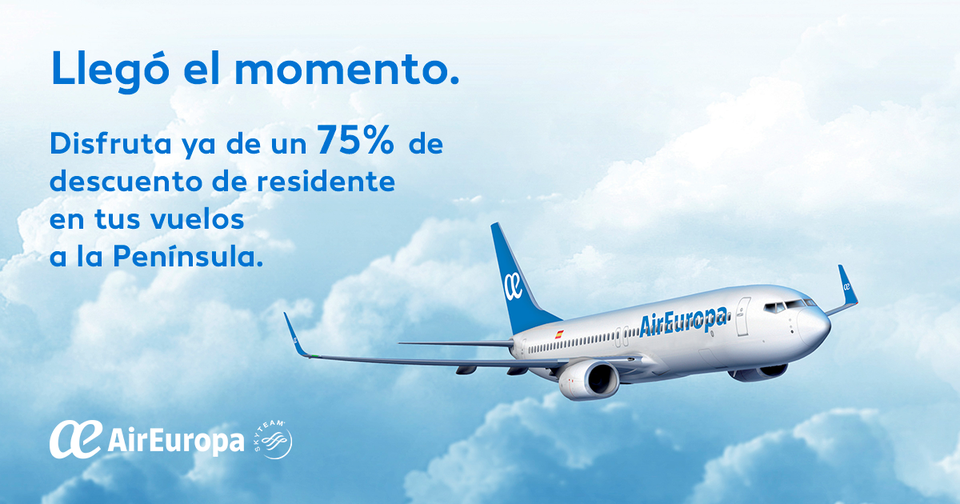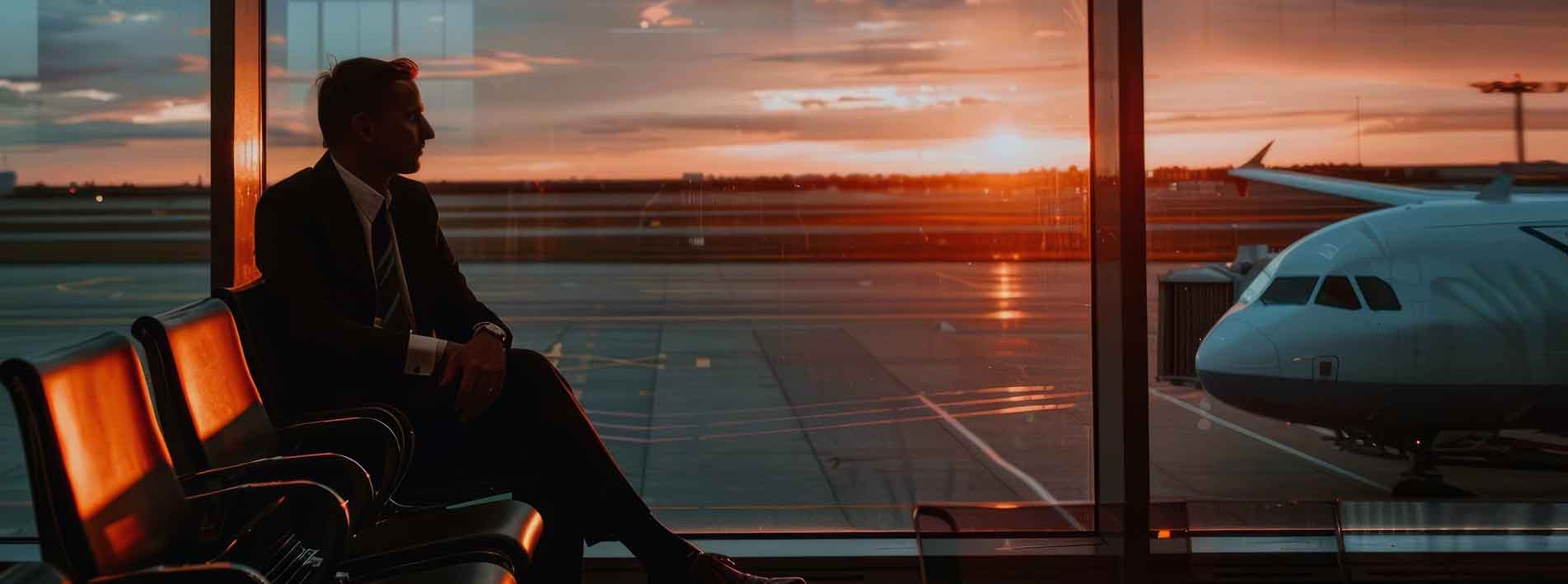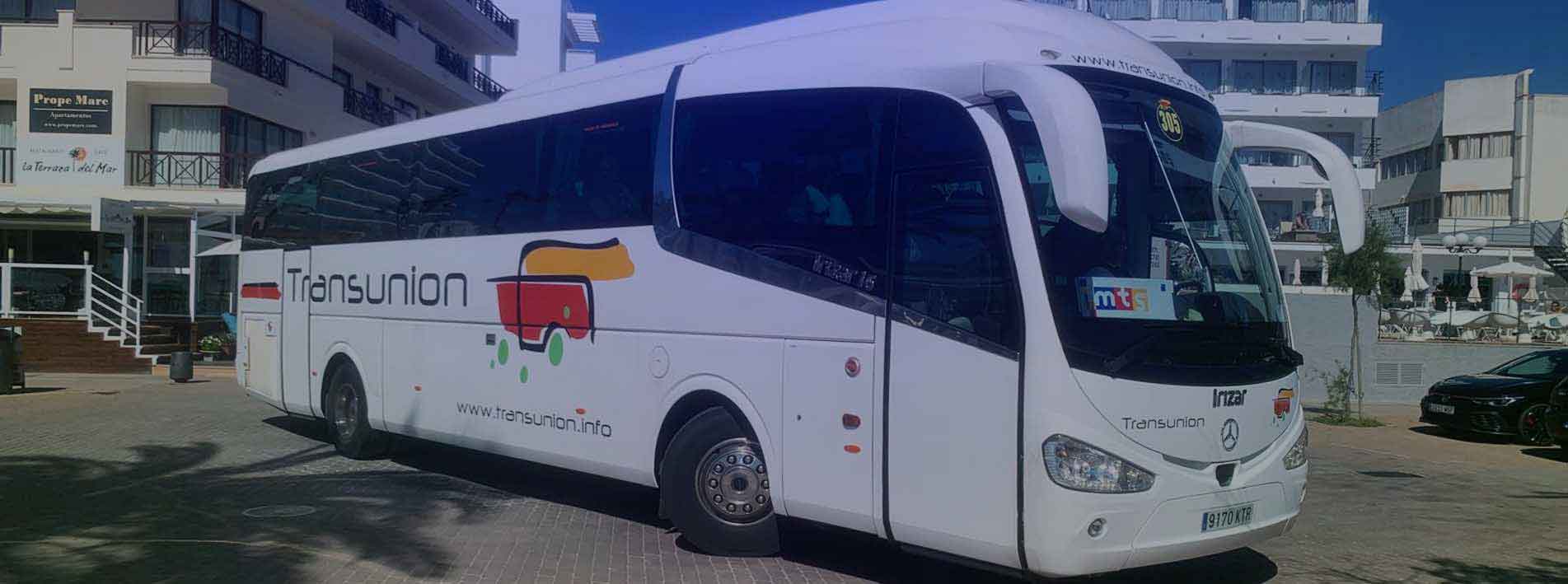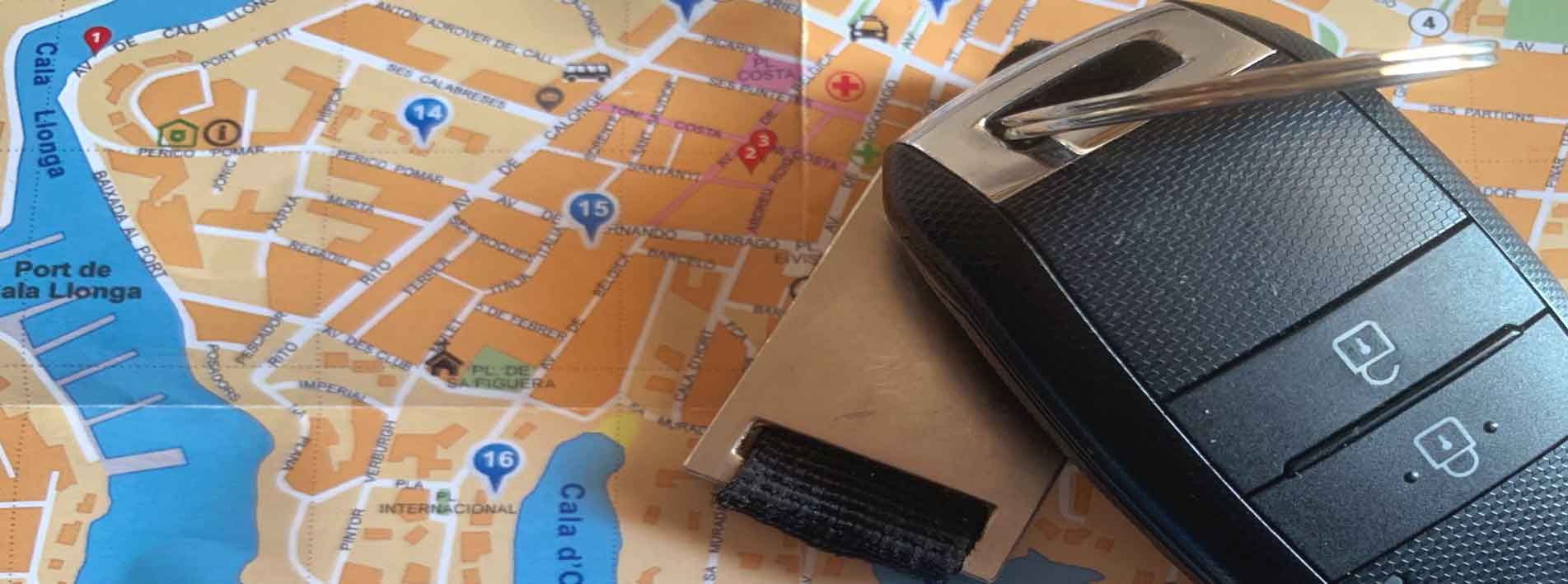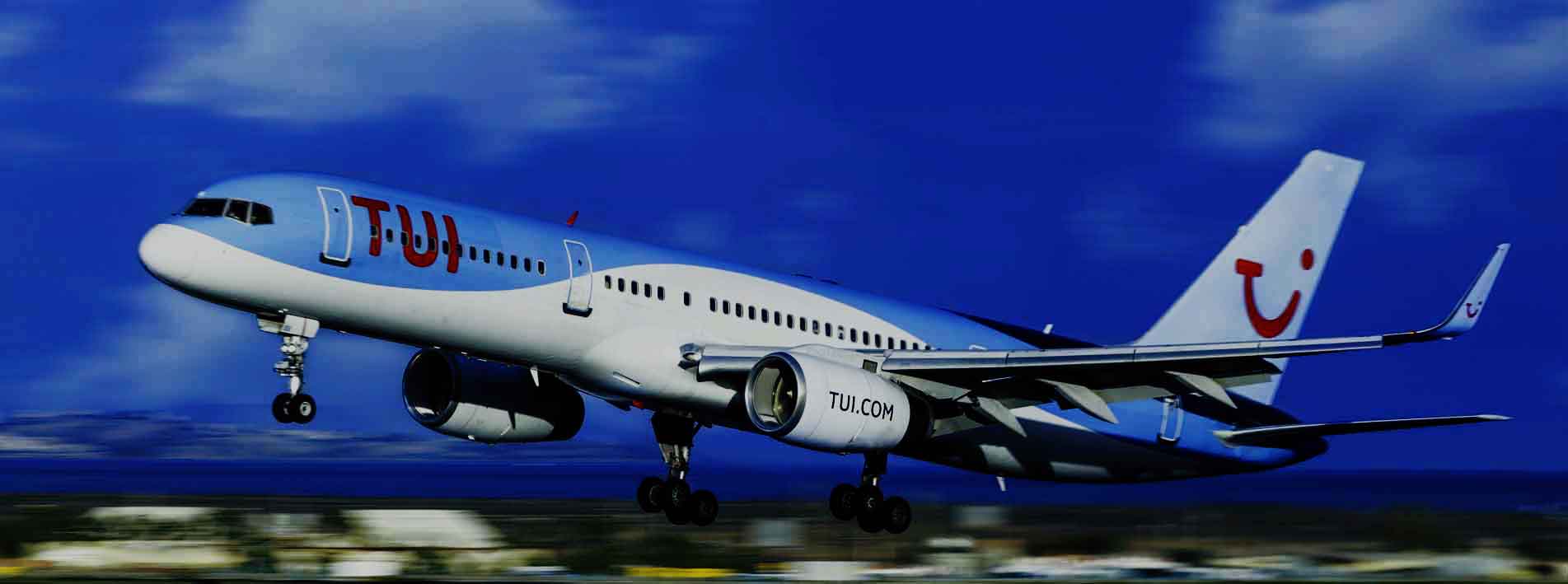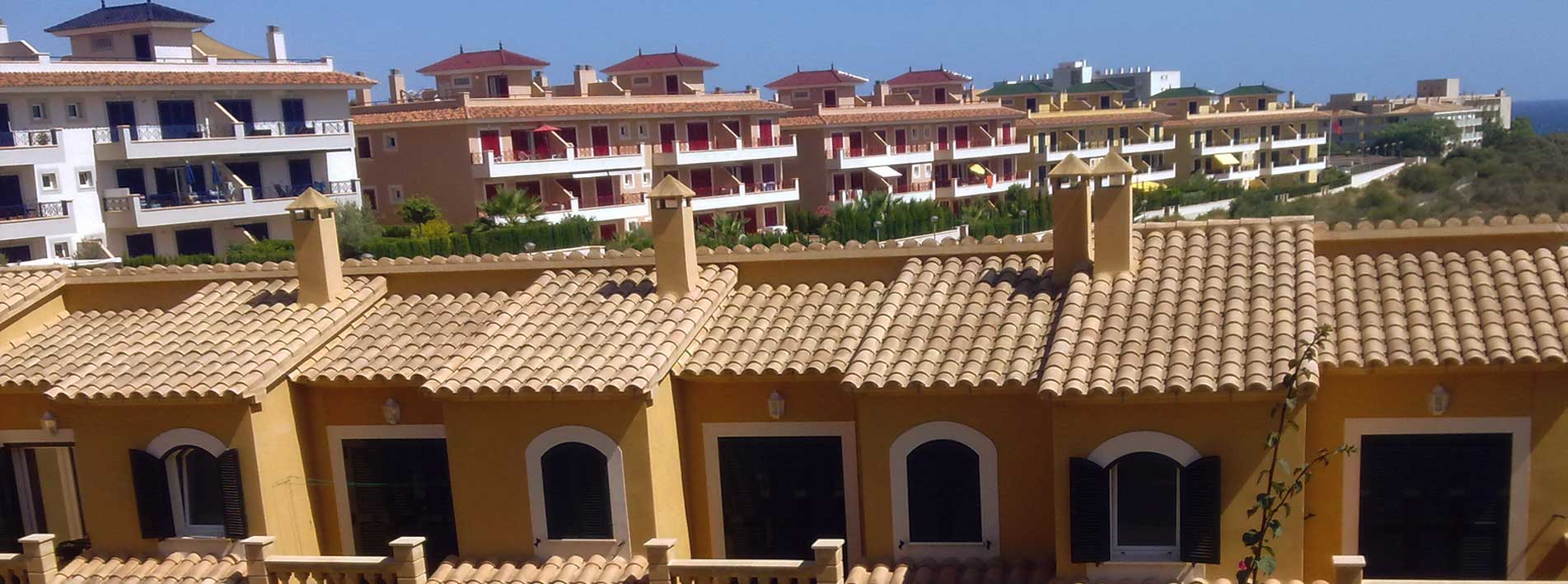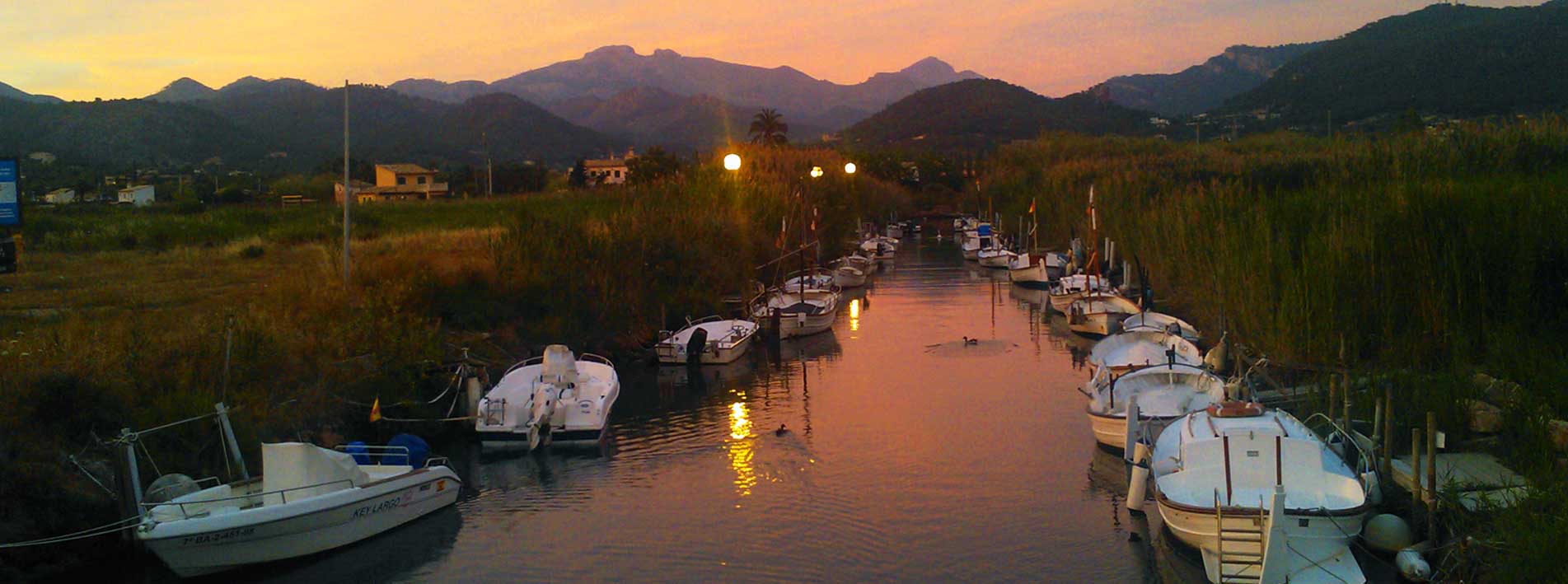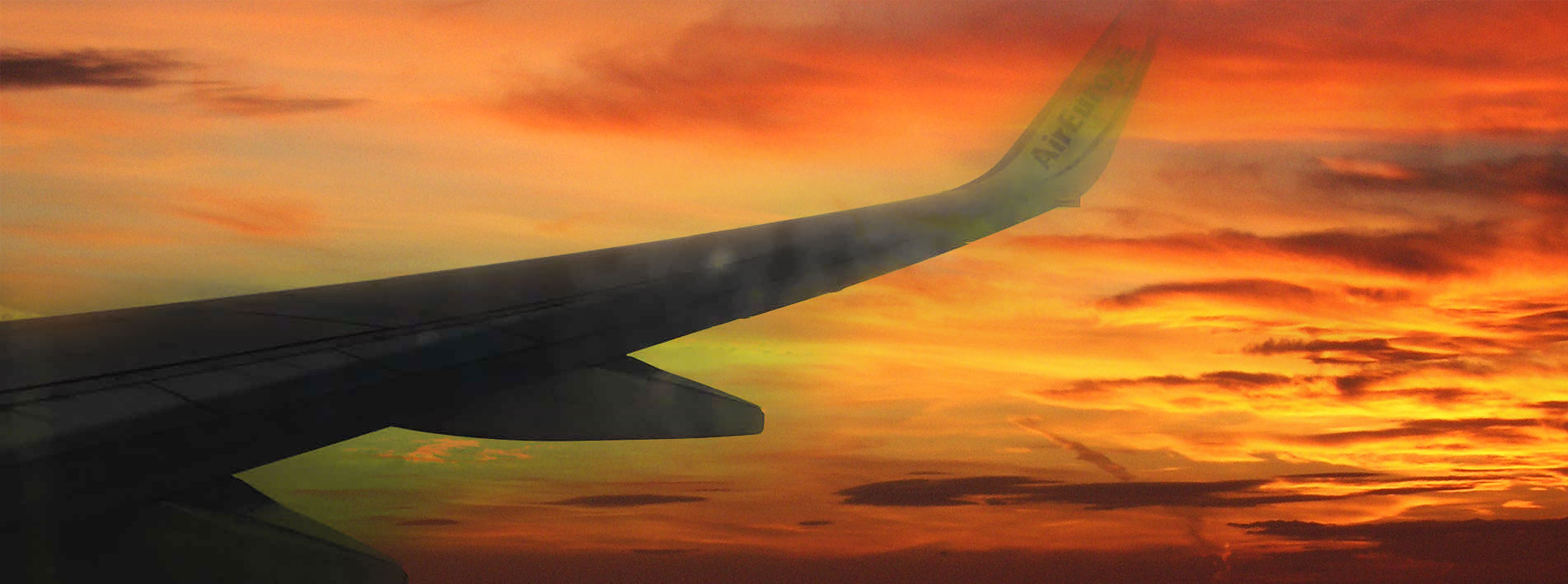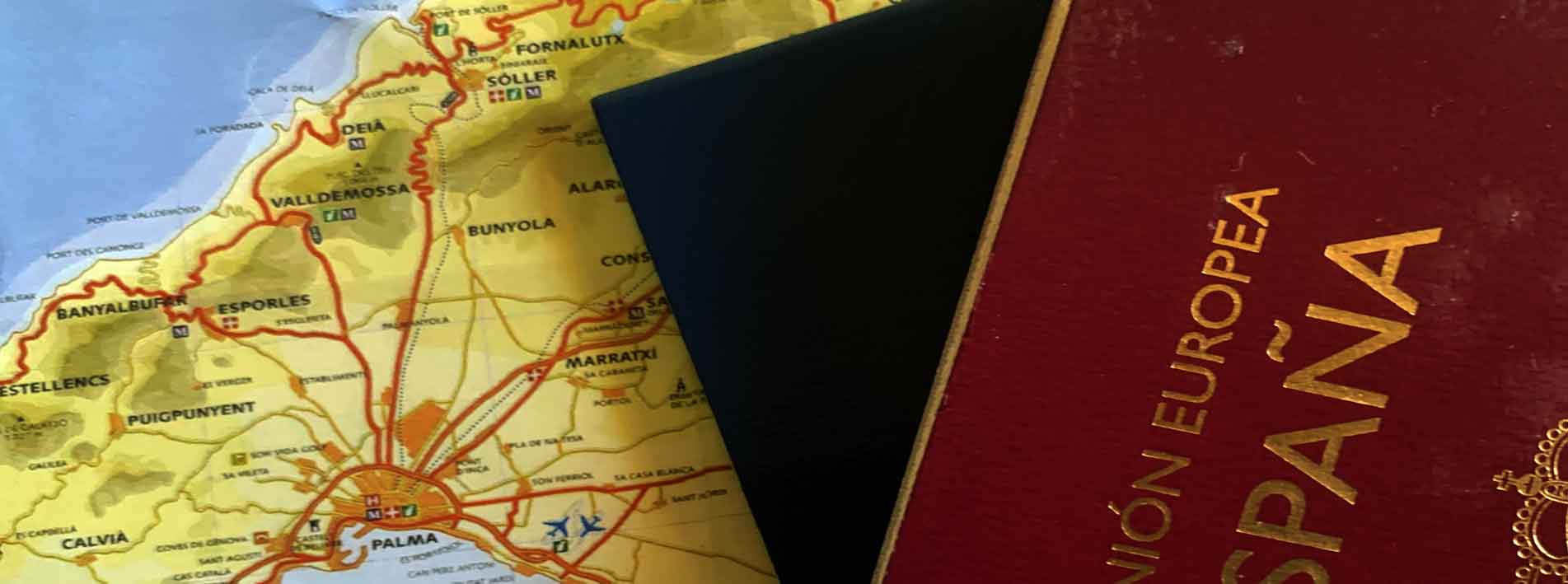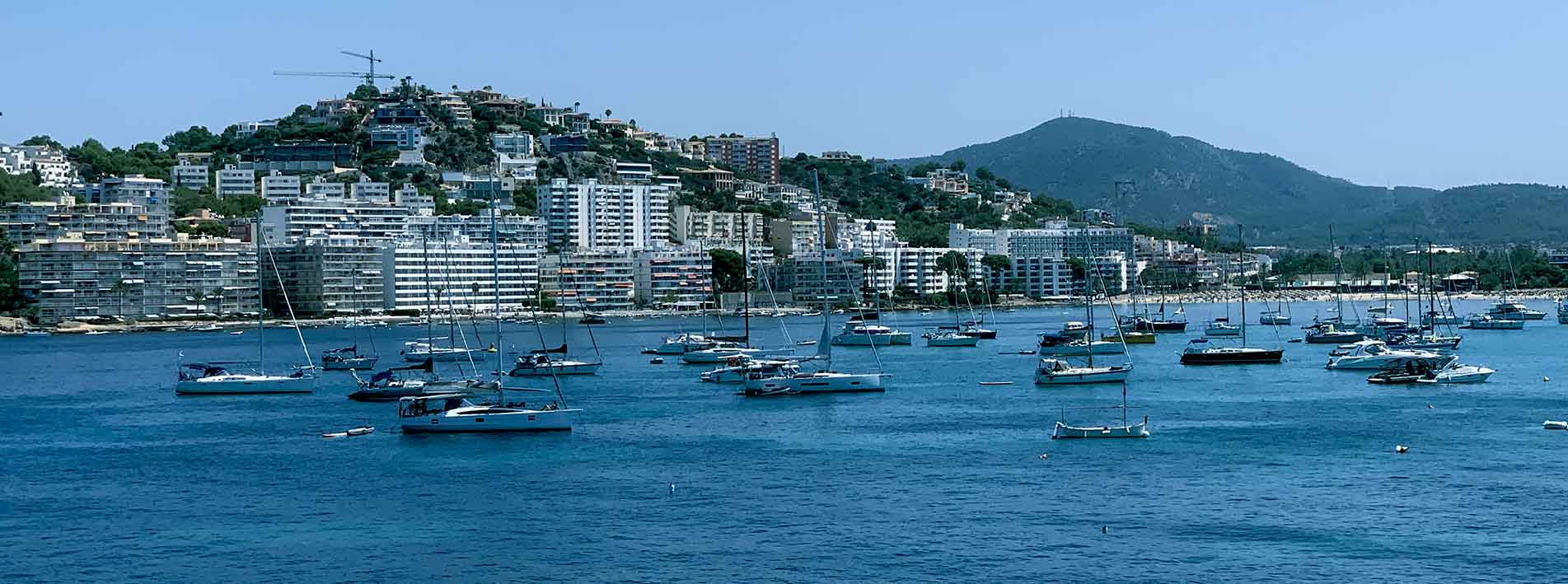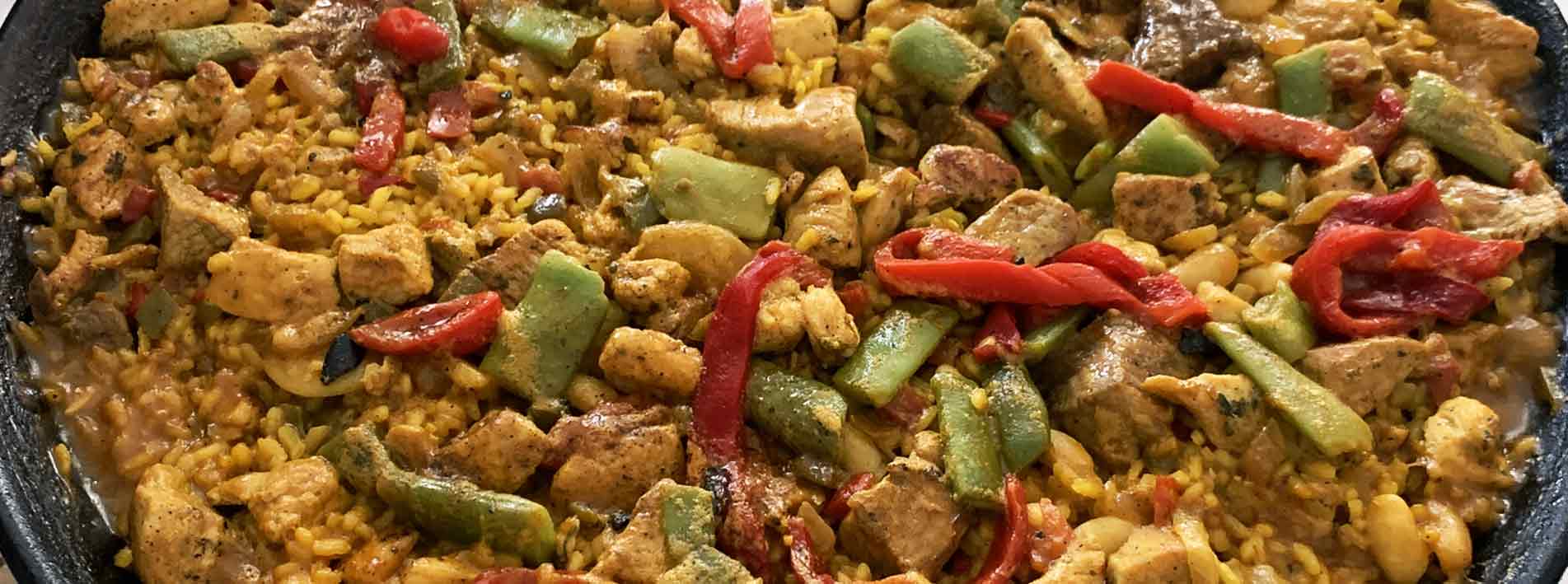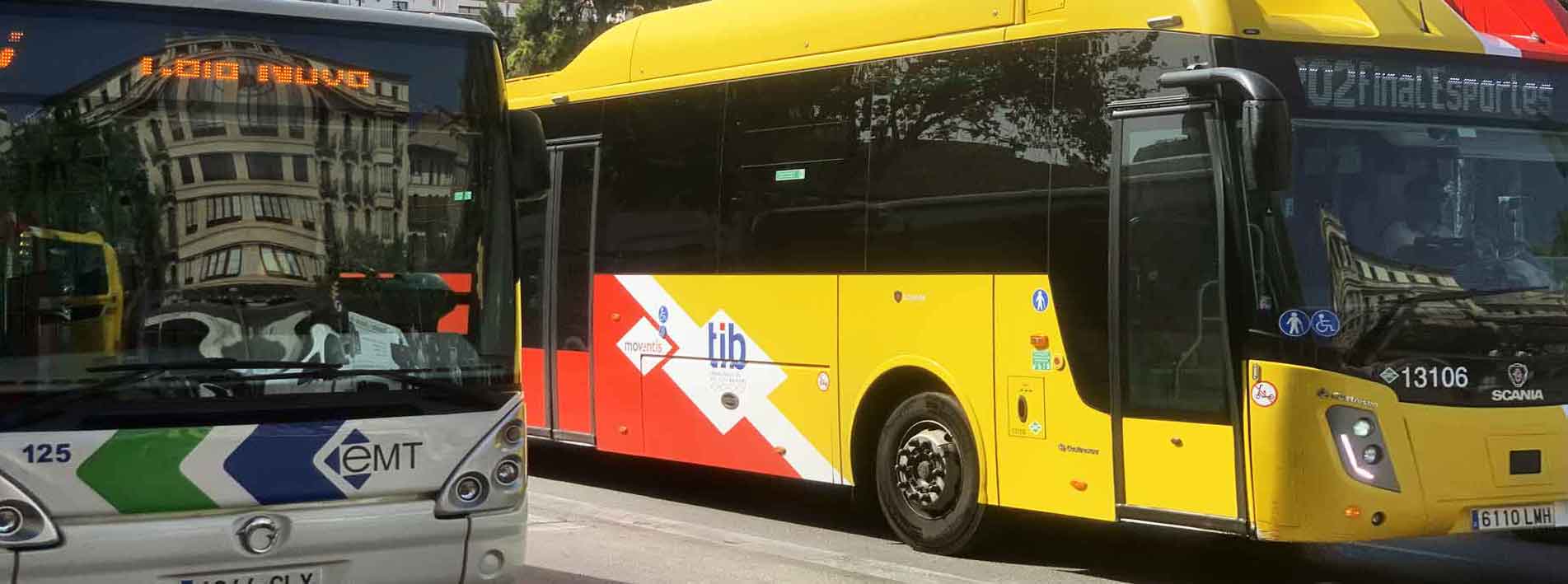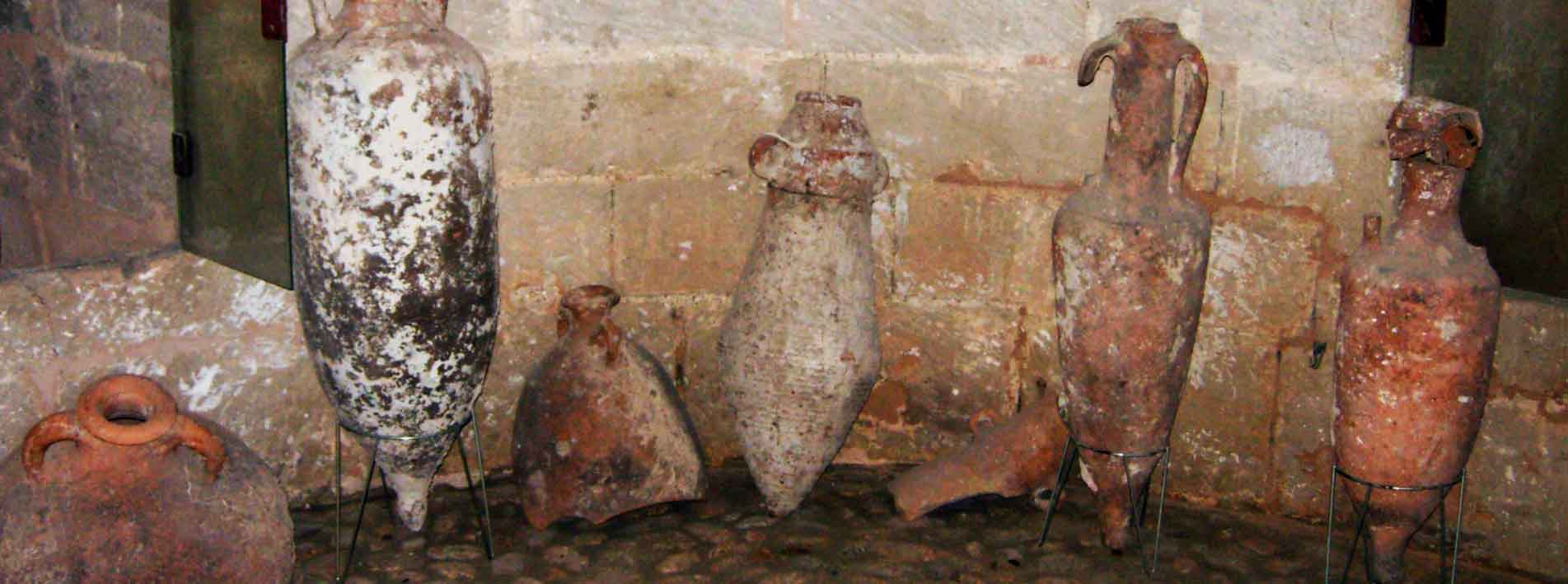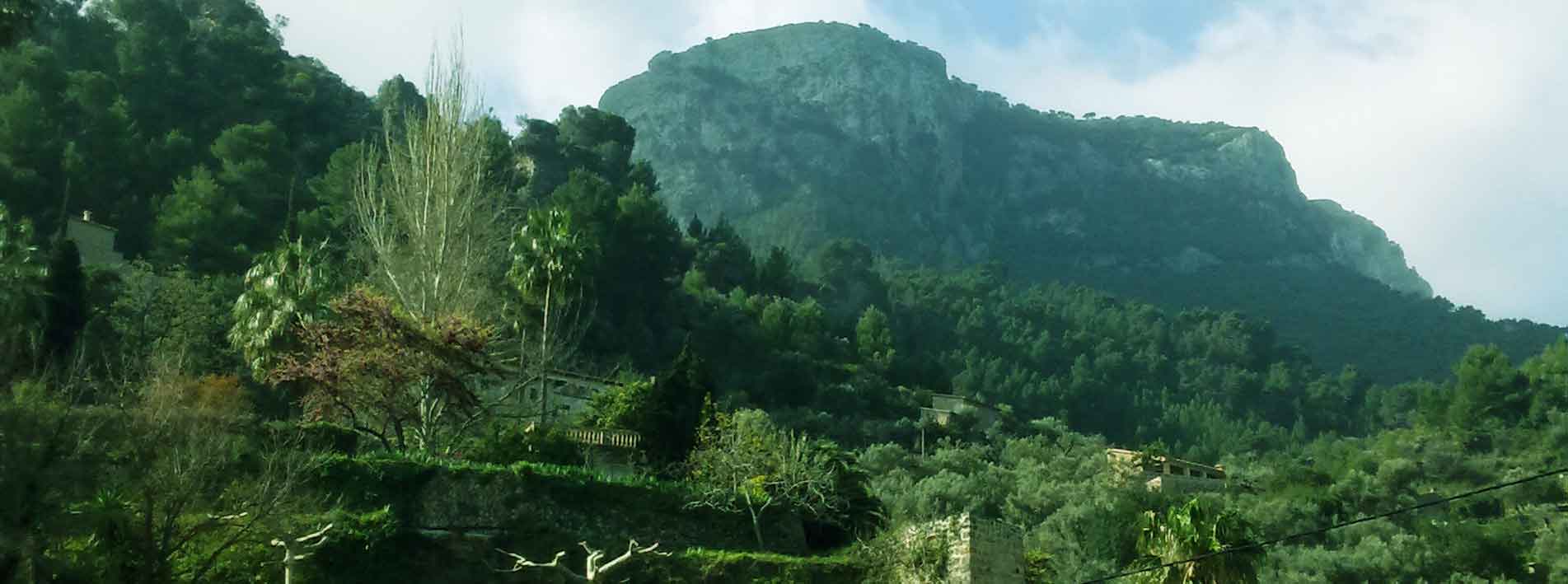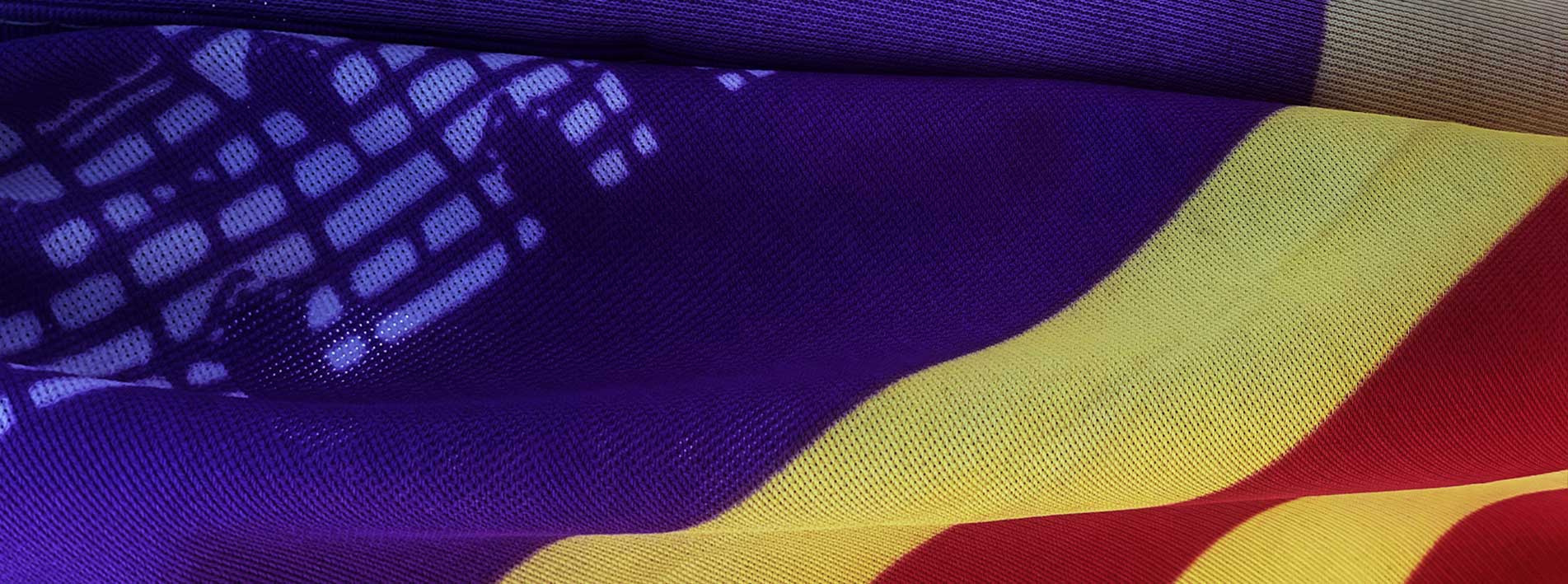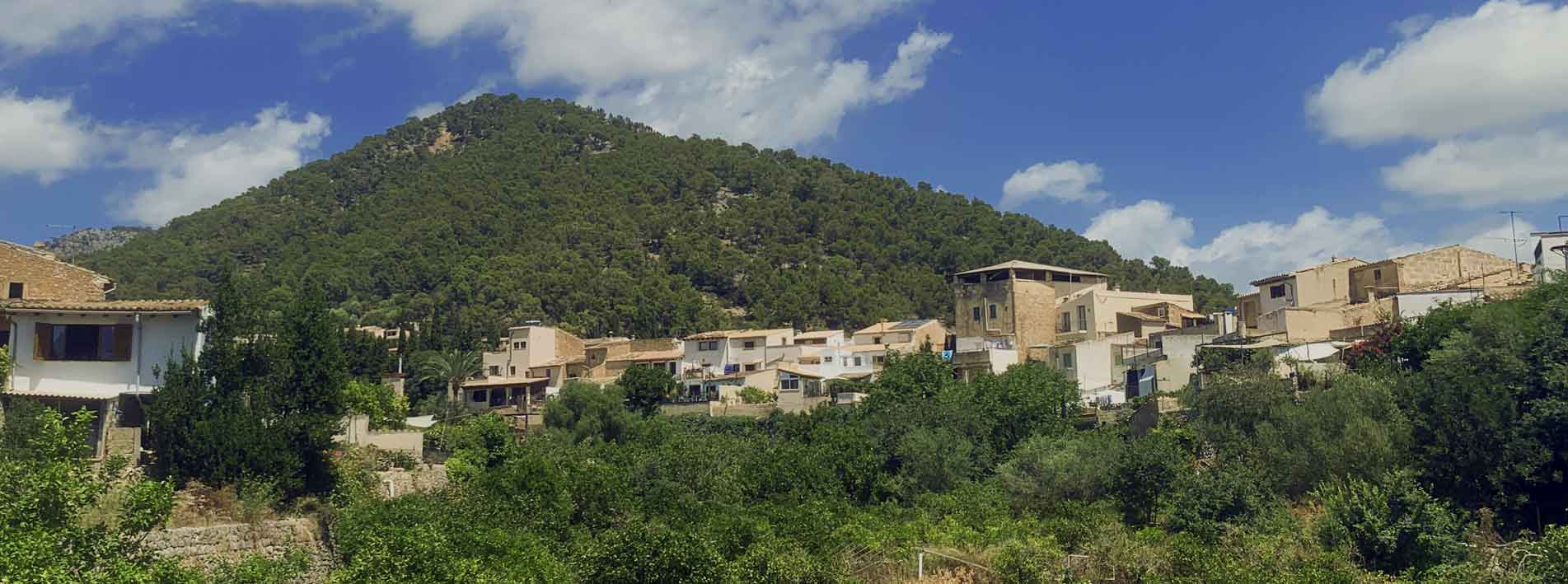Son Servera
Son Servera is a town, a municipality, and a beautiful village of Mallorca in the Llevant comarque, known for its combination of traditional Mallorcan settlements with important coastal centers such as Cala Bona and Cala Millor. Founded in the 14th century and located about 65 km from Palma, it maintains a historic charm characterized by its traditional architecture, surrounded by nature and close to important tourist attractions. The municipality combines its rich agricultural and fishing history, its geography, and its important culture with a growing focus on tourism, offering beaches, coves, golf courses, and a weekly market.
Son Servera: Population Centers
The municipality of Son Servera is made up of several population centers, with Son Servera being the main inland center, along with important coastal centers such as Cala Bona, Cala Millor, Port Verd, Port Nou, Port Vell, and Costa de los Pinos. The coastal centers are mainly focused on tourism.
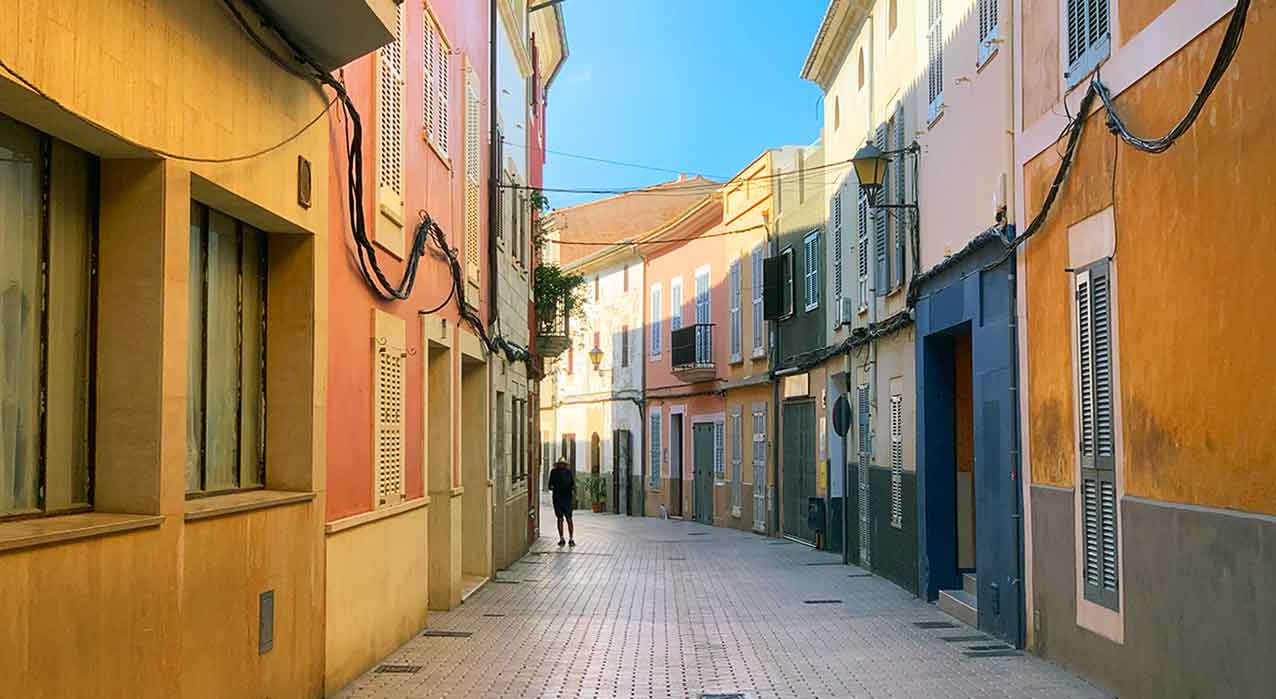 Toponymy of Son Servera
Toponymy of Son Servera
The place name “Son Servera” comes from the Catalan “Ço de ‘n Servera”, which means “property of Servera”, referring to a family that owned land in the area. The word ‘son’ (meaning “house of” or “property of”) was used to designate a large agricultural area. The word “Servera” may be related to the domestic rowan tree (Sorbus domestica), which in Catalan is called “cervera,” which is the motif on the town’s coat of arms.
The place first appeared in 1354 as Benicanella, and later split into two areas, Son Fra Gari and Ca l’Hereu, and over time the name “Servera” became established.
History and evolution
The area has been inhabited since pre-Talayotic times, with sites such as the caves of Sa Font Gata and the talayots des Puig. During Muslim rule, the area was part of the district of Yartan (Artà) and agricultural and irrigation practices were developed.
With the arrival of James I in 1229, Son Servera became part of the territory granted to the conquerors. Since then, Son Servera evolved from its feudal origins related to the conquest of Mallorca by James I, existing under the name of Binicanella in ancient times. It became administratively independent from Artà in 1820, losing and regaining its autonomy until 1837, and its economy shifted from agriculture, livestock, and fishing to focus mainly on tourism during the 20th century.
For centuries, the area depended administratively on Artà. It became independent for the first time in 1820, thanks to the Constitution of Cádiz of 1812, which allowed the creation of municipalities with more than 1,000 inhabitants. It lost this autonomy in 1824, but regained it definitively in 1837. The plague caused widespread death in the village, decimating the population in just a few months. Of the 1,808 inhabitants, 1,040 died, leaving 768 survivors.
The economy was mainly based on agriculture (almond and olive trees), livestock farming and, to a lesser extent, fishing, but it underwent a fundamental change when Son Servera (and its coastal towns) became important tourist centers on the island, with tourism becoming the main economic driver.
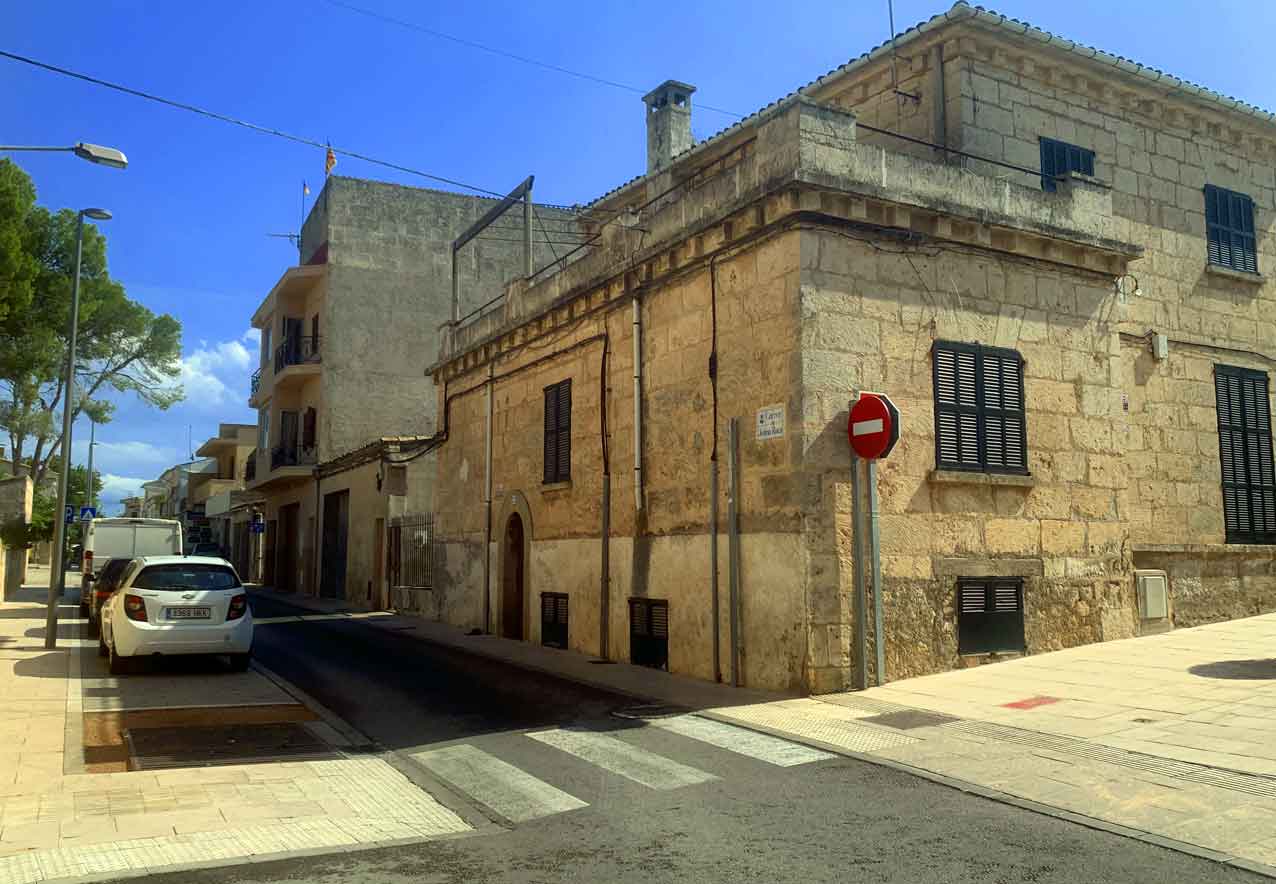 Economy
Economy
Historically, it has had a strong agricultural base, especially with almond and olive crops. Currently, the economy has diversified and tourism is an important driver, complementing agriculture and fishing.
Location and how to get to Son Servera
Son Servera is located in the east of Mallorca, about 65 km from Palma, and can be reached by car via the Ma-15 motorway towards Manacor, turning off at San Llorenç onto the Ma-4030. Access by public transport is possible via various bus lines that have stops nearby, such as the A42 line.
 Access to Son Servera: Getting there by car
Access to Son Servera: Getting there by car
To get to Son Servera by car from Palma, take the MA-15 motorway towards Manacor, pass Manacor, and then take the MA-4030 in Sant Llorenç des Cardassar. The route is approximately 68 km long and takes around 1 hour, depending on traffic.
Access to Son Servera: Arriving by bus
To go from Palma to Son Servera by bus, the most common route is to take the 412 line from the Estació Intermodal, which requires a transfer in the Rambla Rei en Jaume area. The entire trip takes approximately 2 hours and 11 minutes.
Bus information to Son Servera
Cost: The ticket price is between €8 and €12.
Connections: To get to Son Servera from other parts of the island, such as Llucmajor, you may need to change buses. For example, you can take the 504 line from Llucmajor to Palma and then change to the 411 or 401 line to get to Son Servera.
Alternative buses: There are also other services that involve a transfer in Cala Millor Centre, with a journey time of almost 2 hours and 37 minutes, although line 412 is generally more direct and economical.
Timetable: It is important to check the specific timetables for line 412, as departures may vary.
 Places of interest in Son Servera
Places of interest in Son Servera
Església Nova: An unfinished Gothic church that stands out for its architectural appearance, open to the sky.
Church of Sant Joan Baptista: Built from a 16th-century defense tower, it is the most important religious building and the center of numerous events.
Coastal towns: These include Cala Millor (famous for family tourism), Cala Bona (a fishing port), and Costa de los Pinos (known for its villas).
Nature: The Sa Punta de n’Amer nature reserve is located between Cala Millor and Cala Bona.
Golf: The Son Servera Golf Club is one of the oldest courses on the island, surrounded by spectacular natural scenery.
Activities and culture in Son Servera
Weekly market: Every Friday, the town holds a market selling local produce, clothing, and plants.
Gastronomy and festivals: You can sample local products and enjoy traditions such as the Almond Fair and Sant Ignasi.
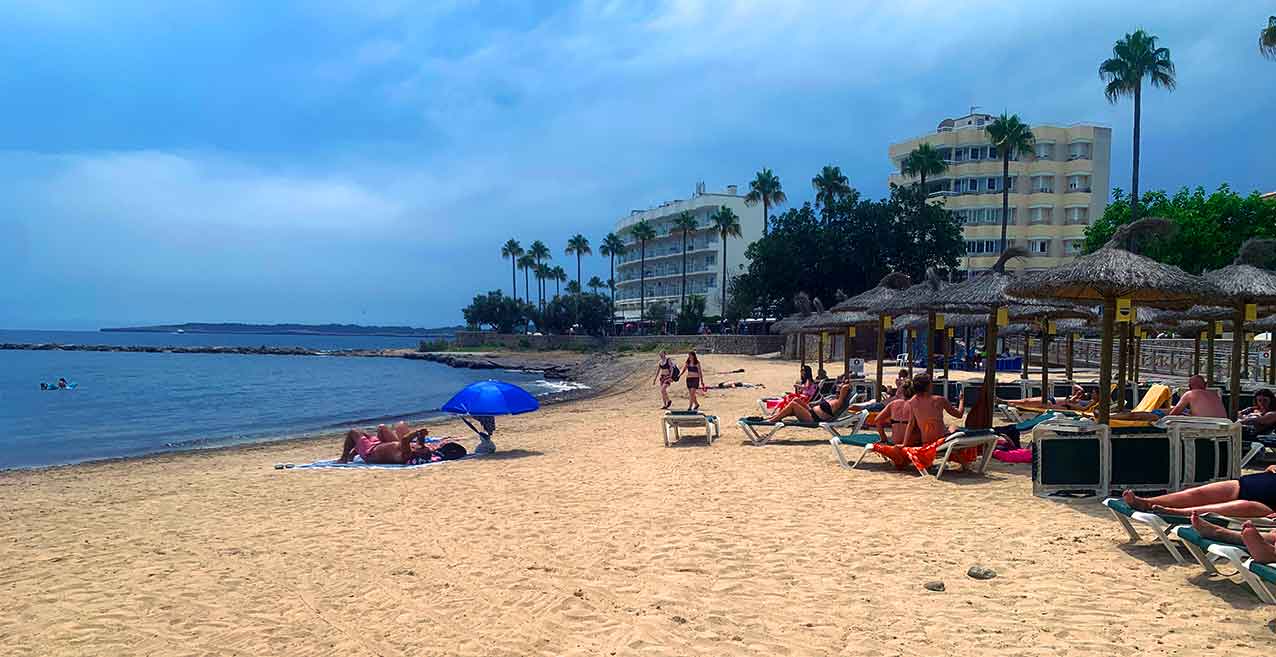 Hospitality in Son Servera
Hospitality in Son Servera
Tourism: Son Servera offers a wide variety of accommodation and hospitality, notable for its boutique hotels, apartments, vacation rentals, and agrotourism, with options for different tastes, such as adults-only establishments and charming houses. The town is complemented by a gastronomic offering focused on local products and its proximity to tourist areas such as Cala Millor and Cala Bona.
Accommodation in Son Servera
Hotels and apartments: The area has hotels of different categories, from comfortable resorts and boutique hotels such as the Pula Suites Boutique Resort, to simple and well-equipped apartments such as the Apartamentos Sema.
Agrotourism: For a more rural and peaceful experience, there are agrotourism establishments such as Agroturismo Ses Cases de Fetget.
Vacation rentals: It is possible to find houses and villas for rent, such as Ses Oliveres in Port Verd, which are valued for their spaciousness, cleanliness, and the hospitality of their owners.
Adults-only hotels: For those seeking a more peaceful atmosphere, there are adults-only hotels designed to offer calm and relaxation.
And that’s it for this brief guide to Son Servera, Mallorca. We hope it helps.
By the way: Are you coming to Mallorca on a tourist trip? If you find it helpful, you can also check out our travel guide to Mallorca and more tourist information about the island

